Landscapes Obliterated
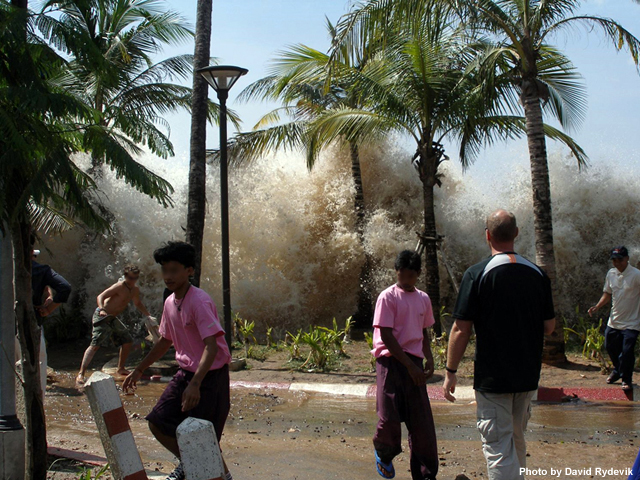
Tsunamis can create a trail of destruction that leaves permanent scars. They can destroy buildings, devastate the landscape, and ruin natural and agricultural lands.
In these images from the Japanese tsunami of 2011, you can see how the tsunami inundated fields, leveled buildings, and carried debris as far inland as the town of Otomo on the right.
Before
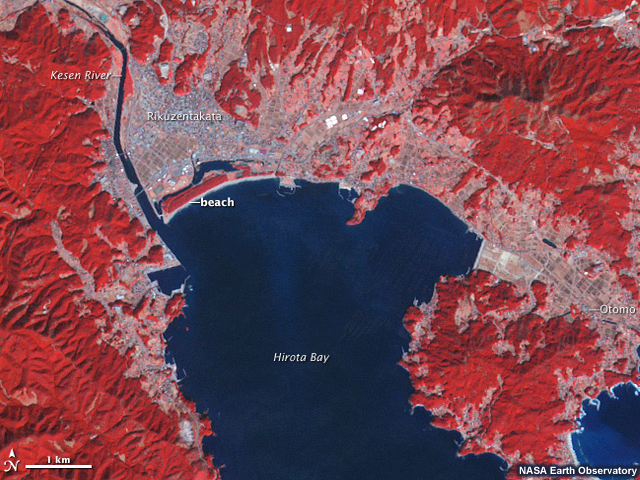
After
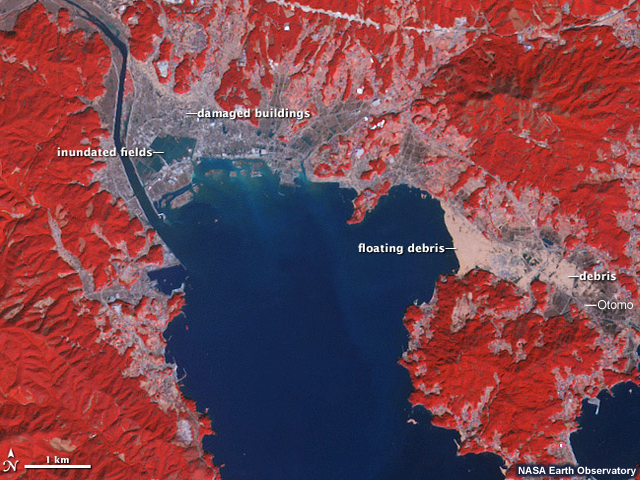
In this pair of images from the 1998 Papua New Guinea tsunami, you can see how the waves completely wiped away a church.
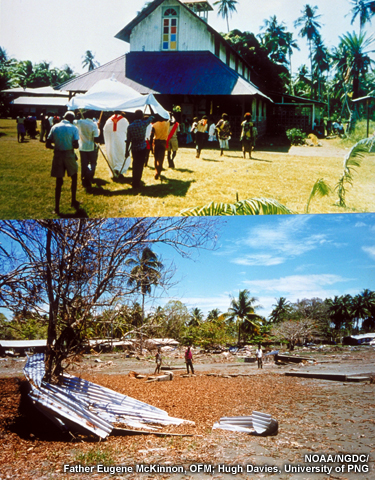
Here you can see the Scotch Cap lighthouse as it looked prior to April 1, 1946. The white reinforced-concrete tower rose nearly to 30 meters on a bluff 12 meters above the sea.
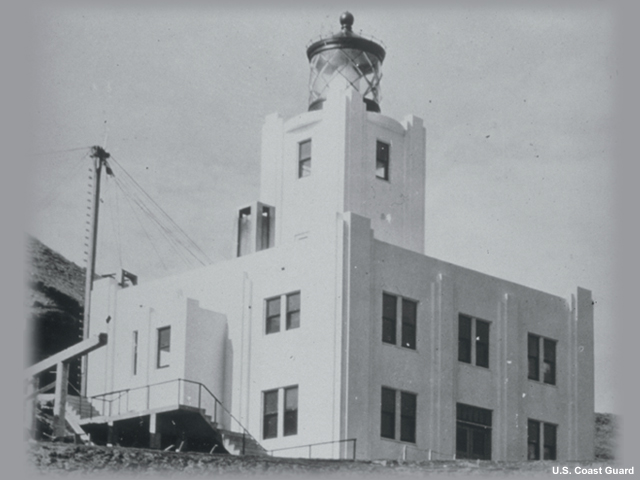
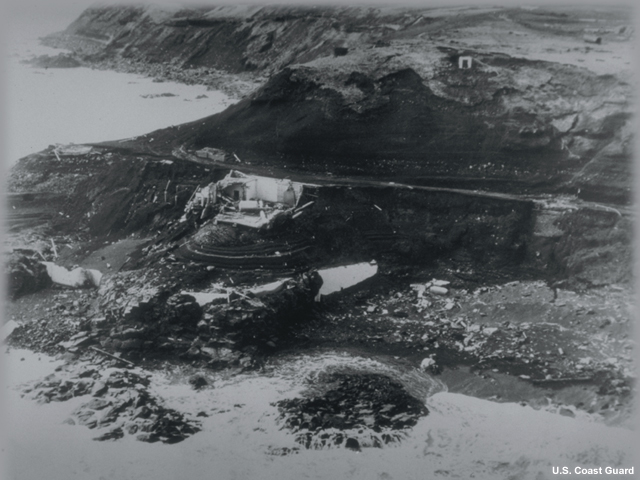
Early on the morning of April 1, a 30-meter wall of water struck the lighthouse, leaving little but the foundations and a field of rubble.
But tsunamis and their accompanying earthquakes can leave even longer lasting scars.
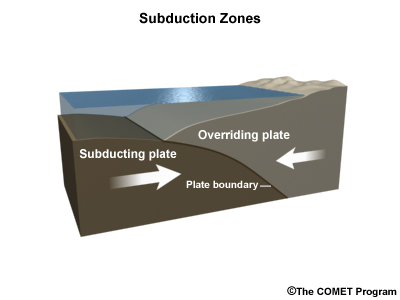
When thrust faults at subduction zones rupture, they can dramatically change the land.
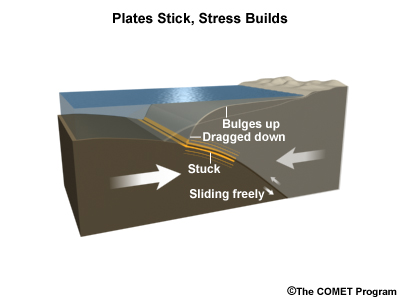
The overriding plate can bend like a bow before the quake when the plates are stuck, but during an earthquake, the portion of the plate nearest the fault springs up while the land immediately behind it drops down.
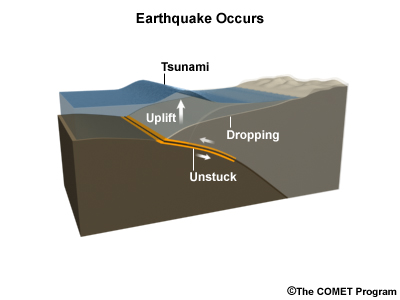
This effect can be large, and can make coasts even more vulnerable to tsunamis when land sinks, as happened in the March 2011 earthquake and tsunami in Japan.
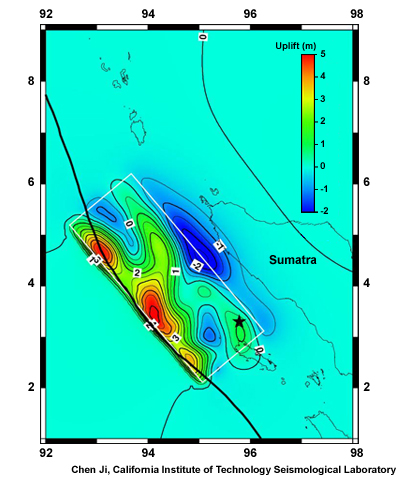
Plate uplift and downdrop around the epicenter of the Indian Ocean Tsunami
In this image from the Indian Ocean Tsunami, you can see how the plate rose near the boundary (thicker black line), shown in reds and yellows, and sank farther behind it, close to shore, shown in blues.